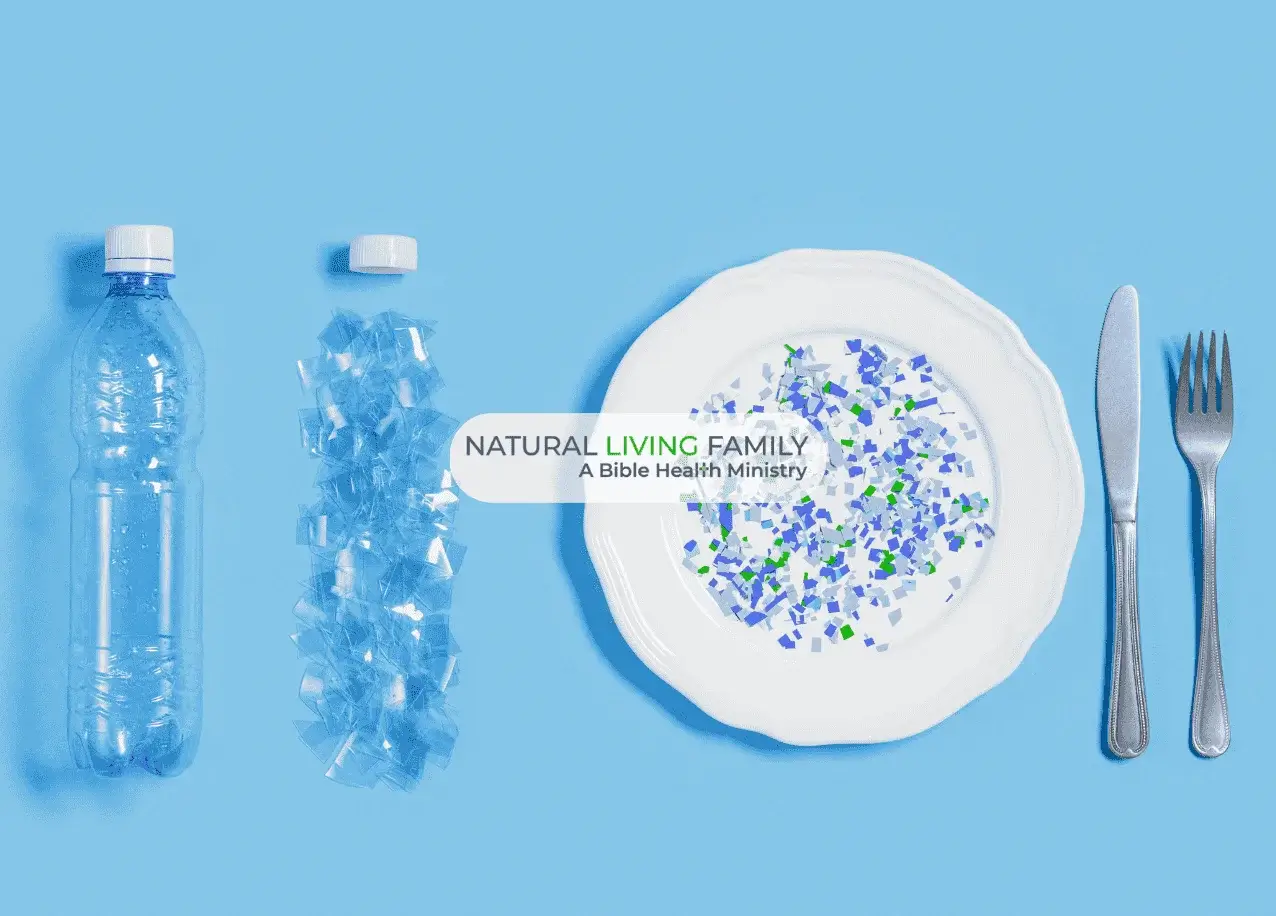Oil pulling benefits are far too often overlooked as a vital aspect of good dental hygiene. In fact, I believe that it’s one of the lost keys to abundant life and health! We’re going to explore what oils are good for oil pulling, how to use essential oils for oil pulling, and show you step-by-step instructions for the oil pulling process. Ready?
Table of Contents
Growing Popularity of Oil Pulling
It has taken long enough, but oil pulling has finally gained some popularity in the U.S. Used primarily in Ayurvedic medicine, oil pulling is a fantastic oral detoxification procedure that is simply done by swishing a tablespoon of oil in your mouth for 10-20 minutes. This unbelievably effective procedure has been used for centuries as a traditional Indian folk remedy to cure and prevent bad breath, bleeding gums, cracked lips, throat dryness, and tooth decay, in addition to strengthening gums, jaws, and teeth. In fact, oil pulling is mentioned in the Ayurvedic text Charaka Samhita, which claims that it can cure about 30 systemic diseases ranging from headaches and migraines to diabetes and asthma.
The Oral Health Epidemic
An estimated 80% of disease symptoms are caused by problems in the mouth, and millions are exposed to disease-promoting dental procedures every day! Oral health is one of the most overlooked health issues in conventional and integrative medicine, yet experts claim that…
- It’s possible to reverse cancer by properly eliminating oral infections. (1)
- 90% of all heart attacks are caused by oral pathogens.
- Autoimmune disorders can be resolved by getting rid of toxic dental materials.
- Reversing gum disease can help you get rid of digestive problems.
- Root canal procedures increase your risk of cancer and other degenerative diseases.
Oil Pulling Research
As stated by one study, “The myth that the effect of oil-pulling therapy on oral health was just a placebo effect has been broken, and there are clear indications of possible saponification and emulsification process, which enhances its mechanical cleaning action.” The oil helps clean the surface of the teeth. (2) In other words, oil pulling works by cleaning (detoxifying) the oral cavity in a similar way that soap cleans dirty dishes. It literally sucks the fat-soluble toxins out of your mouth and creates a clean, antiseptic oral environment that contributes to the proper flow of dental liquid that is needed to prevent cavities and disease. These 3 studies help explain the efficacy of this ancient oral health procedure in a little more detail:
- In 2008, the Journal of the Indian Society of Pedodontics and Preventative Dentistry published a triple-blind random control trial that evaluated the effects oil pulling with sesame oil has on Streptococcus mutan’s bacterial count in plaque and saliva. Twenty boys were recruited to be part of two groups; one group, in which 10 practiced oil pulling, and another group used chlorhexidine mouthwash, the active ingredient in most anti-cavity mouthwash, for 10 minutes every day in the morning. After collecting samples for 2 weeks, it was discovered that, even though chlorhexidine was more effective in reducing the bacteria, oil pulling was significantly effective in killing S. mutans, one of the primary causes of cavities. (3)
- In 2011, the same journal shared the results of a similar study that evaluated the effects oil pulling has on halitosis (bad breath) and microorganisms that cause bad breath. Again, taking 20 young volunteers, the results of this study were even more in favor of oil pulling than the one above. According to the authors, “Oil pulling therapy has been equally effective like chlorhexidine on halitosis and organisms, associated with halitosis.” Additionally, the researchers discovered that oil pulling also has statistically significant effects on reducing the gingival index, a marker that determines the severity of gingivitis. (41)
- Dr. Abhinav Singh – Department of Public Health Dentistry, People’s College of Dental Sciences and Research Centre, Bhopal, India – wrote an article in The Indian Journal of Dental Research that describes how “brushing is contraindicated in the cases of mouth ulcer, fever, indigestion, those who have a tendency to vomit, asthma, cough, thirst.” Consequently, many people who suffer from these conditions are left with no other alternative, but to oil pull to clean their oral cavity. As has been seen for centuries, oil pulling therapy is preventative, as well as curative, and can be used to avoid many surgeries and medications. (5)
Other oil therapies are suggested by researchers to foster oral health, as well. According to Singh, “Ayurveda advises oil gargling to purify the entire system; as it holds that each section of the tongue is connected to different organs such as to the kidneys, lungs, liver, heart, small intestines, stomach, colon, and spine, similarly to reflexology.”
The Best Way To Do Oil Pulling
To help detox and keep your smile bright and shining, mix EO with unrefined, organic coconut oil. Here are some tips:
- Like most other detoxification procedures, the best time to oil pull is first thing in the morning, right after you get out of bed.
- All you do is swish between 1 – 2 tablespoons of coconut or sesame oil in your mouth for 20 minutes. Easy peasy!
- Don’t worry, you won’t even notice 20 minutes have gone by if you do this during your normal morning routine (i.e. while you shower, put your clothes on and prep for the day).
- Immediately afterward, rinse your mouth out with warm water. Use salt water for added antimicrobial properties.
- Be sure NOT to swallow the oil.
- And don’t spit out the oil in the sink, because it WILL coagulate and clog your drains!
- Don’t be shocked if the oil/saliva mixture you spit out is milky white or yellow.
- Finally, brush your teeth as normal.
- I recommend oil pulling 3-4x per week.
Note: This should be a relatively relaxing process, so don’t think that you need to swish your mouth with oil for the entire time, or else you’re bound to wear out your jaw muscles. Simply move the oil in your mouth and through your teeth without swallowing any of it.
Adding Essential Oils for Oral Health
I’m one of those “if 1 is good, then 10 must be better” kind of guys, and I’m always trying to find ways to enhance and maximize the things that I do. When it comes to oil pulling, it dawned on me pretty early on: If I’m swishing coconut oil in my mouth for 10-20 minutes, then why not add some antimicrobial essential oils to the mix?!? Essential oils carry some of the most potent antibacterial and anti-fungal properties on the planet, so they can only help, right? Plus, as the essential oils get absorbed by the oral mucosa, the body will enjoy their antioxidant and medicinal powers. Plus, because the oil pulling oil acts as a carrier oil, I haven’t experienced any harmful effects of using some of the more potent oils like clove. Here are a few of my favorite ways to use essential oils during my morning oil pulling routine:
- Add 1 drop each of clove, orange, lemon(or lime), and peppermint with 2 tablespoons of coconut oil.
- If you’re battling an infection or something, I would change it up and mix clove with oregano and tea tree.
- Oils from herbs such as cilantro, basil, and thyme are also very pleasant – just be sure to dilute to the level required by each individual oil.
- Frankincense and myrrh are a sacred mixture.
At the end of the day, you have nothing to lose, but everything to gain from oil pulling. There are relatively no known side effects, and, as we’ve seen in the research, the list of benefits is quite remarkable. Try it today and make it a part of your natural hygiene routine!
- https://www.cancer.org/cancer/oral-cavity-and-oropharyngeal-cancer/causes-risks-prevention/risk-factors.html
- http://www.ncbi.nlm.nih.gov/pubmed/21525674
- http://www.ncbi.nlm.nih.gov/pubmed/18408265
- http://www.ncbi.nlm.nih.gov/pubmed/21911944
- http://www.ncbi.nlm.nih.gov/pubmed/19336860











